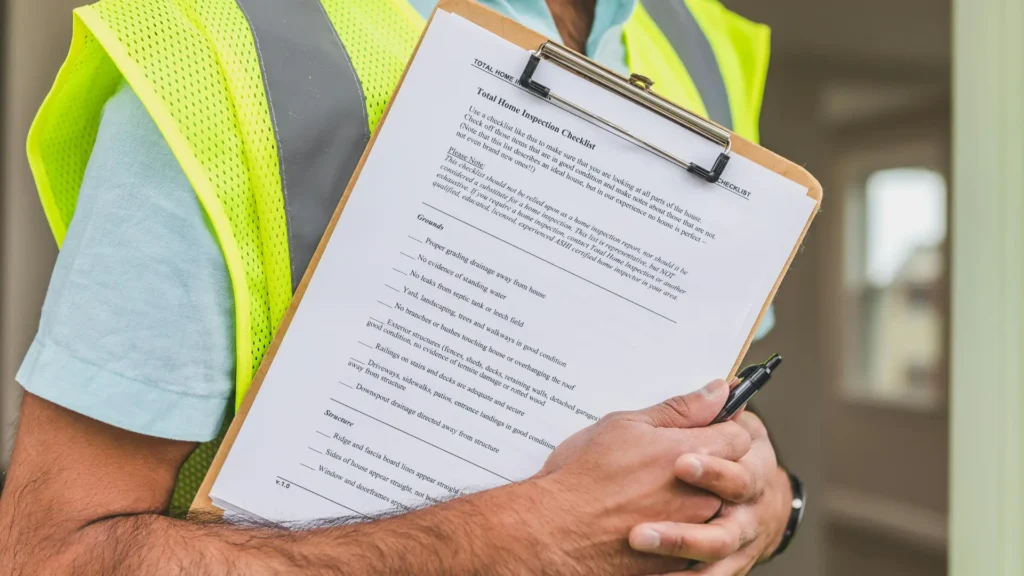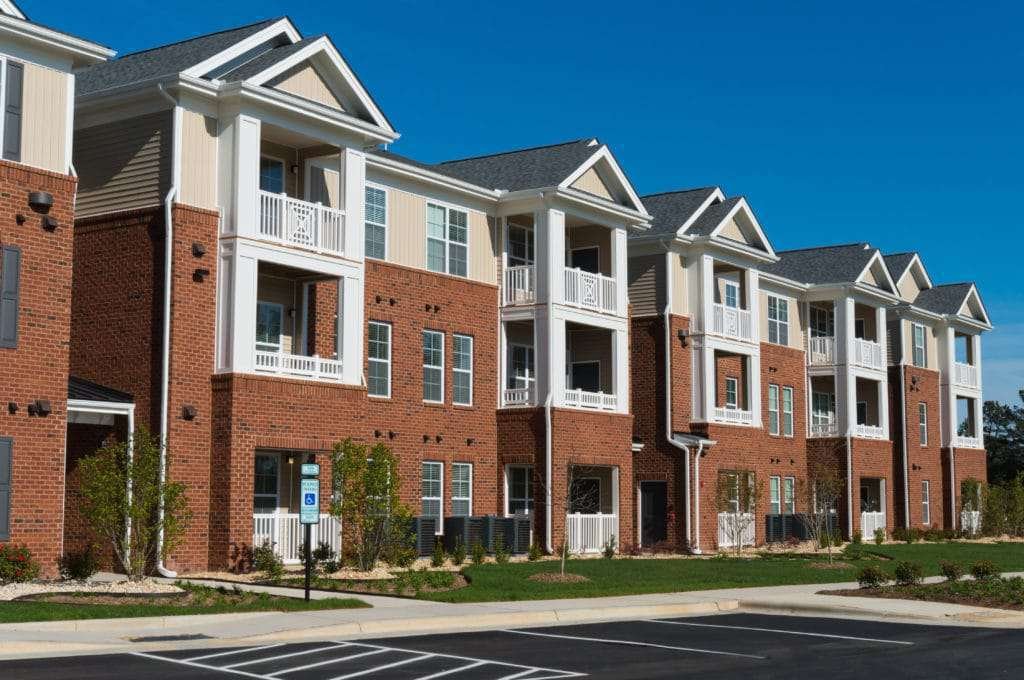A CAPEX procurement strategy is essential for property managers to plan, source, and manage capital expenditures (CAPEX) efficiently. From upgrading HVAC systems to renovating tenant units, CAPEX procurement helps property managers invest wisely in their properties while maintaining long-term value. In this blog post, we’ll walk you through how to build an effective CAPEX procurement strategy that helps you achieve your goals while avoiding costly mistakes. We’ll also provide tips for maximizing your budget, improving efficiency, and maintaining compliance with important regulations.

What Is CAPEX Procurement and Why Does It Matter?
What Is CAPEX Procurement in Property Management?
CAPEX procurement refers to the process of planning, sourcing, and managing investments in long-term assets, such as building improvements, equipment upgrades, and major repairs. For property managers, CAPEX procurement is essential for maintaining the property’s condition, increasing its value, and meeting regulatory standards. Properly managed CAPEX projects can significantly enhance the living experience for tenants, improve operational efficiency, and increase a property’s marketability.
In real estate, capital expenditures often include items like roof replacements, major plumbing upgrades, or large-scale renovations. These projects, while costly, provide long-term benefits that ensure your property remains functional, compliant, and competitive. Learn more about capital expenditures in this article from Investopedia.
Why CAPEX Matters for Long-Term Property Success
A solid CAPEX procurement strategy allows property managers to make well-informed decisions about where to invest in their properties. Effective CAPEX planning helps ensure that funds are spent efficiently, which is particularly important for preserving the property’s value and keeping tenants satisfied. Additionally, properly executed CAPEX projects can help maintain compliance with housing regulations, reducing the risk of penalties and improving your property’s reputation.

How to Build Your CAPEX Procurement Strategy
Identifying Your Property’s Needs
The first step in developing a CAPEX procurement strategy is understanding what your property needs. This can involve:
- Conducting routine inspections of the property.
- Consulting with maintenance teams and tenants to identify issues or upgrades.
- Aligning your needs with the property’s long-term goals.
By thoroughly assessing the property, you can prioritize the most critical CAPEX projects to focus on. This will help ensure that you spend your budget wisely while addressing urgent needs first. If you are unsure about where to start, NSPIRE pre-inspections can provide a comprehensive assessment to identify any immediate issues that need addressing.
How to Plan Your CAPEX Budget
Once you understand your property’s needs, it’s time to plan the CAPEX budget. Effective budget planning involves:
- Setting realistic financial goals for the CAPEX projects you plan to undertake.
- Allocating funds based on priority, with an emphasis on critical repairs and improvements.
- Evaluating long-term costs and savings, such as energy efficiency upgrades that may reduce utility expenses.
You can learn more about effective CAPEX project management and how to streamline the budgeting process by visiting our CAPEX Project Management page.
Selecting the Right Contractors and Suppliers
Choosing the right contractors and suppliers is crucial for the success of any CAPEX project. The right partners can ensure timely, high-quality work within your budget. When selecting contractors, consider:
- Their experience in CAPEX procurement for properties similar to yours.
- Their ability to meet compliance standards and work within your budget.
- The quality of their previous projects and their reputation.
Working with the right team can make all the difference in the success of your CAPEX projects.

Best Practices for Effective CAPEX Procurement
Setting Clear Guidelines and Processes
A clear CAPEX procurement strategy requires well-defined guidelines and processes. This includes:
- Establishing a structured procurement policy.
- Setting approval processes for different levels of spending.
- Ensuring compliance with regulatory requirements for major repairs and upgrades.
Having clear guidelines ensures a smooth and transparent procurement process, reducing the risk of mistakes or overspending.
How to Compare Costs and Ensure Quality
One of the most important steps in CAPEX procurement is comparing costs while ensuring quality. To do this:
- Request multiple bids for major projects to get competitive pricing.
- Evaluate suppliers and contractors based on their previous work and reputation.
- Prioritize quality materials and labor to avoid frequent repairs down the line.
Overcoming Common CAPEX Procurement Challenges
Handling Budget Overruns and Delays
Even with careful planning, CAPEX projects can sometimes go over budget or face delays. To minimize this, it’s important to:
- Have contingency plans in place for unexpected costs.
- Maintain open communication with contractors to stay updated on timelines and costs.
- Track the project’s progress to address issues early before they escalate.
Navigating Compliance and Regulations
When procuring CAPEX projects, it’s essential to stay compliant with housing regulations and industry standards. Non-compliance can lead to fines, delays, and damage to your property’s reputation. Regular inspections and staying updated on NSPIRE standards can help you avoid these issues. For more on NSPIRE standards, check out the NSPIRE Standards provided by HUD.

How to Align CAPEX Procurement with NSPIRE Compliance
NSPIRE Standards and CAPEX: What Property Managers Should Know
When developing a CAPEX procurement strategy, it’s essential for property managers to align their capital expenditure projects with NSPIRE standards. NSPIRE (National Standards for the Physical Inspection of Real Estate) provides specific guidelines for the maintenance and improvement of affordable housing properties, ensuring they meet the required safety, health, and operational standards.
CAPEX procurement projects, such as upgrading HVAC systems, plumbing, or electrical systems, must meet these standards to pass future inspections and avoid penalties. Property managers should focus on integrating NSPIRE standards into their planning by identifying projects that are most crucial for maintaining property compliance. By prioritizing these areas, property managers ensure that the property is not only improved but also maintains its eligibility for HUD funding and subsidies.
For more information about NSPIRE standards, check out the NSPIRE Program Overview.
Tips for Integrating NSPIRE Standards into Your Procurement Process
To ensure compliance with NSPIRE standards, property managers should integrate these guidelines from the very beginning of their CAPEX procurement strategy. Here’s how you can do this effectively:
- Review NSPIRE Standards Early: Before creating your CAPEX procurement strategy, familiarize yourself with the latest NSPIRE guidelines to ensure that any upgrades or repairs align with HUD’s expectations. This proactive approach helps avoid any surprises during inspections.
- Prioritize NSPIRE-Critical Projects: When assessing your property’s needs, prioritize projects that directly affect NSPIRE compliance, such as safety upgrades, plumbing repairs, and HVAC system improvements. These are often the areas most frequently scrutinized during inspections.
- Collaborate with Experts: Engage professionals who are experienced with NSPIRE compliance and can ensure that the materials and techniques used in your CAPEX projects meet the required standards. Having an expert advisor can simplify the process and reduce the risk of costly mistakes.
Integrating NSPIRE standards into your procurement process from the start can save time, reduce risks, and ensure that your property remains compliant throughout the CAPEX procurement journey.

CAPEX Procurement Challenges in Housing Authorities
Managing Public Funds with Transparency
For housing authorities, managing public funds in the CAPEX procurement strategy requires transparency and accountability. Every dollar spent on CAPEX projects must be justified and traceable. Best practices include:
- Documenting each phase of the procurement process to provide a clear audit trail.
- Ensuring competitive bidding and fair selection processes for contractors to avoid conflicts of interest and guarantee cost-efficiency.
- Regular reporting to stakeholders on the use of public funds and the status of CAPEX projects.
By maintaining transparency, housing authorities can ensure the proper use of public resources and avoid scrutiny or financial audits.
Aligning CAPEX Projects with Community and HUD Goals
Housing authorities should ensure that CAPEX procurement projects align with both the community’s needs and the goals set by HUD. This can include:
- Upgrading facilities to enhance tenant satisfaction and support community development.
- Improving energy efficiency to lower costs and meet sustainability goals, which can also increase the property’s value.
- Focusing on projects that improve NSPIRE compliance in areas like safety, plumbing, and HVAC systems, which contribute to the overall well-being of tenants.
By aligning CAPEX procurement with these objectives, housing authorities not only improve their properties but also contribute to long-term community growth and development.
The Future of CAPEX Procurement: Trends and Innovations
Emerging Trends in CAPEX Procurement for Property Managers
The world of CAPEX procurement is evolving, and property managers must stay informed about the latest trends to remain competitive. Key trends include:
- Sustainability: More properties are integrating energy-efficient solutions and green building practices into CAPEX projects to reduce long-term operational costs.
- Smart Technologies: The rise of smart building technologies is transforming CAPEX projects, making properties more energy-efficient, secure, and attractive to tenants.
- Modular Construction: An innovative approach in CAPEX procurement, modular construction reduces time and costs for certain building projects.
By keeping an eye on these trends, property managers can plan and execute CAPEX procurement strategies that ensure long-term success and compliance.
How Innovations Will Shape the Future of CAPEX Projects
As new technologies and methods continue to emerge, CAPEX procurement is becoming faster, more efficient, and more cost-effective. Innovations such as advanced project management tools, prefabrication, and AI-driven budget tracking will further streamline the procurement process, helping property managers avoid delays and reduce costs.
By embracing these innovations, property managers can stay ahead of the curve, ensuring that CAPEX projects are completed on time, within budget, and in line with NSPIRE standards.
Additional Resources and Next Steps for Property Managers
How NSPIRE Experts Can Support Your CAPEX Procurement Strategy
Navigating the complexities of CAPEX procurement and NSPIRE compliance can be challenging. At NSPIRE Experts, we provide tailored advice and services to help property managers execute successful CAPEX projects. From pre-inspections to ensuring compliance with NSPIRE standards, our experts are here to guide you every step of the way. Schedule a consultation with our team today.
Free Resources to Guide Your CAPEX Procurement
We’ve compiled helpful tools and resources to support your CAPEX procurement strategy. Download our free NSPIRE compliance checklist to help you stay compliant during the procurement process.

Conclusion: Building a Strong CAPEX Procurement Strategy for Long-Term Success
Key Takeaways for Property Managers
Building a successful CAPEX procurement strategy is key to maintaining the value and compliance of your property. By understanding the needs of your property, creating a realistic budget, and selecting reliable contractors, you can execute CAPEX projects effectively. For help with planning and managing CAPEX projects, contact NSPIRE Experts to schedule a consultation today.
